TrolleySwag
No longer a newbie, moving up!
- Joined
- Jul 2, 2015
- Messages
- 125
- Reaction score
- 35
I'm pretty new to all this, about 2 months, 2 weeks trying to improve. This is my daughter and some impromptu shots I thought might turn out good.
6d & 50mm 1.8
Forgot the other settings. And can't find the other pics on my phone.
1

2

3

6d & 50mm 1.8
Forgot the other settings. And can't find the other pics on my phone.
1
2
3




![[No title]](/data/xfmg/thumbnail/36/36665-7c494bf98537fba5ac87ac5ad6bda658.jpg?1619737676)

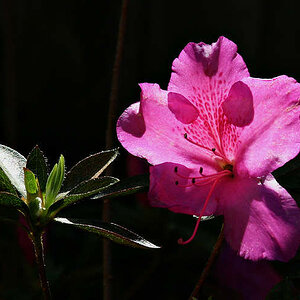
![[No title]](/data/xfmg/thumbnail/34/34061-e097813b3719866d07ff3e78e8119ffa.jpg?1619736258)
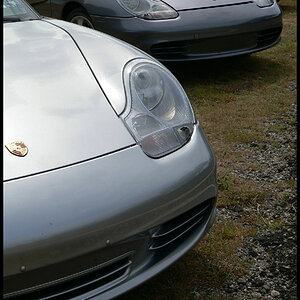
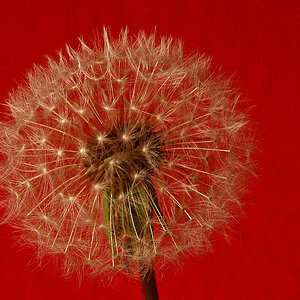
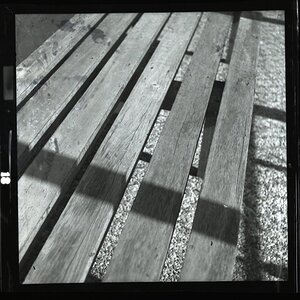
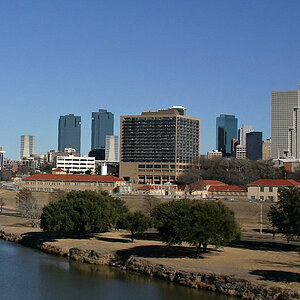
![[No title]](/data/xfmg/thumbnail/34/34065-43f99c081a04bd087c00711d2fe010ee.jpg?1619736261)
![[No title]](/data/xfmg/thumbnail/34/34062-c0c9c0a752bc1af58237eff1ec850163.jpg?1619736259)
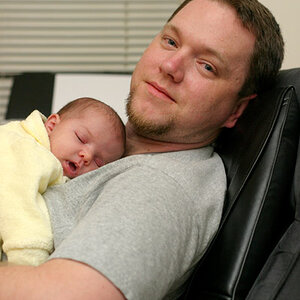
![[No title]](/data/xfmg/thumbnail/37/37106-bbbc8e30f409f82c56bead43c7565d5a.jpg?1619737882)